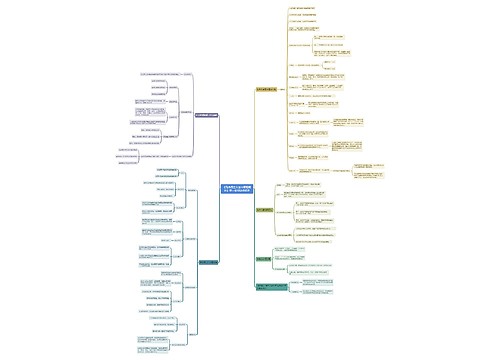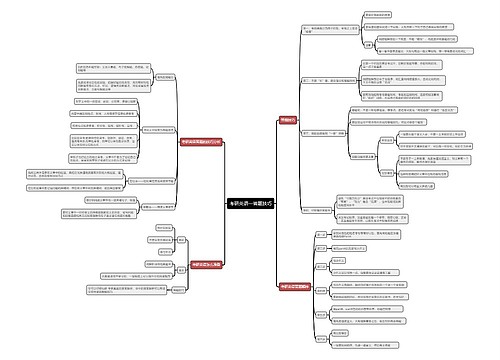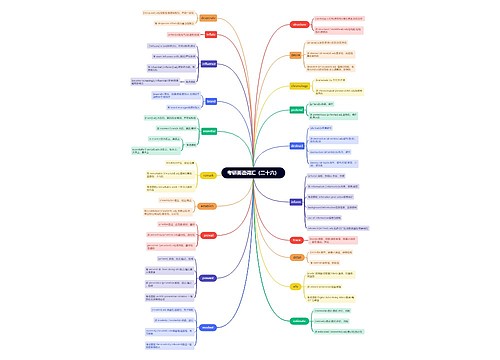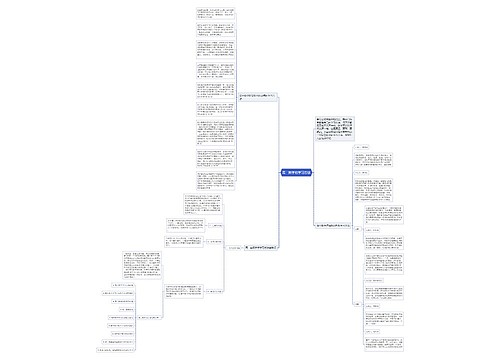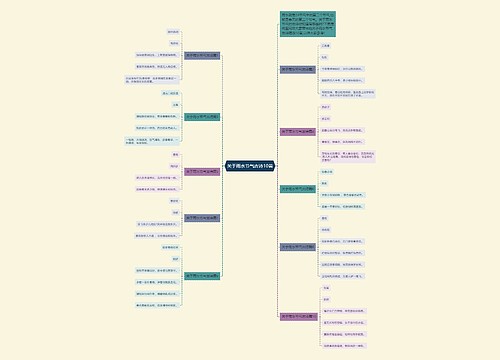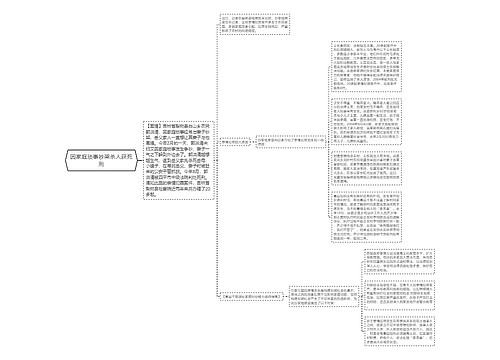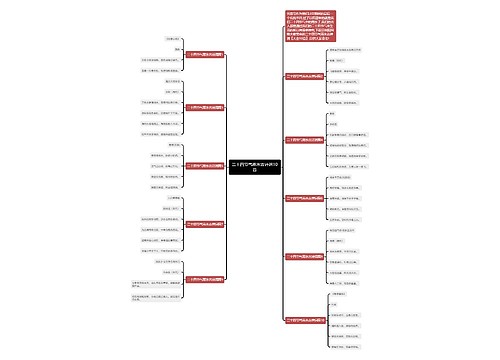Xu Yuanchong is a Chinese translator,best known for translating Chinese ancient poems into English and French.
Xu Yuanchong puts forward the theory of"triple beauties"---the"message beauty",the"prosodic beauty"and the"image beauty"---based on the theories proposed by Lu Xun and Wen Yiduo.The three beauties concept seeks equivalence between the original and the translation in three ways:sound,form and idea.
Beauty in idea refers to the reproduction of the artistic conception of the original text and is definitely the most important aspect.Beauty in sound refers to the rhythm of target text translated and the degree of rhythm corresponding to the original contents.Beauty in form mainly refers to the numbers of lines and rows of text translated namely antithesis(对偶).
Among the beauties,"message beauty"is of the most importance,being followed by"prosodic beauty"and"image beauty".This means translation is a process of creating beauty.Thus the similarity of spirit is much more important than that of form,enabling the readers of receptor language to appreciate the beauty of the original to the most.
①意美
译文:"Impervious to wind,rain or shine,I’ll have my will"。
分析:译文"I’ll have my will"运用显化手法,让原文意思更为明显。
②音美
原文:春眠不觉晓,处处闻啼鸟。夜来风雨声,花落知多少。
译文:This spring morning in bed I'm lying
Not wake up till I hear birds are crying.
After one night of wind and showers
How many are the fallen flowers.
分析:"lying"和"crying"押尾韵,"showers"和"flowers"押尾韵,实现了"三美论"中的音美原则。
③形美
译文:"Shower on shower passes o’er the hills/Clear,clear water flows’neath bridges on the rills".
All in all,Professor Xu Yuanchong’s three beauties'principle has become the guideline in the field of the classical Chinese text translation.But the three beauties are not easy to coexist in a translation work and very often one has to be sacrificed for the other.
注意:三美之中,最重意美,音美次之,最后是形美,要排序滴!虽然我特地找了比较简短好记的例子,但为避免撞例子,大家也可以自己再找找其他例子哟!
以上就是【翻译硕士复试翻译理论高频考点:三美论】的全部内容,如果您还想了解各院校复试通知、调剂通知、调剂方法、录取分数线等一系列上岸信息,可以进入树图网查询,本站已经整理好相关内容,搜索关键词即可,进一步提升您上岸的几率。

 U481338081
U481338081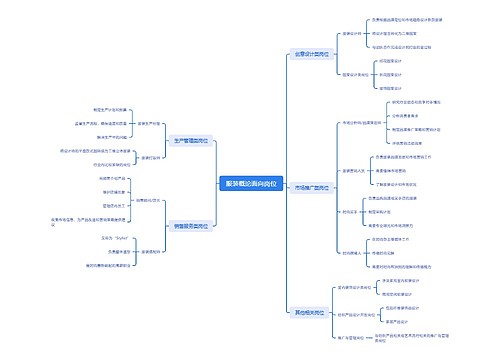
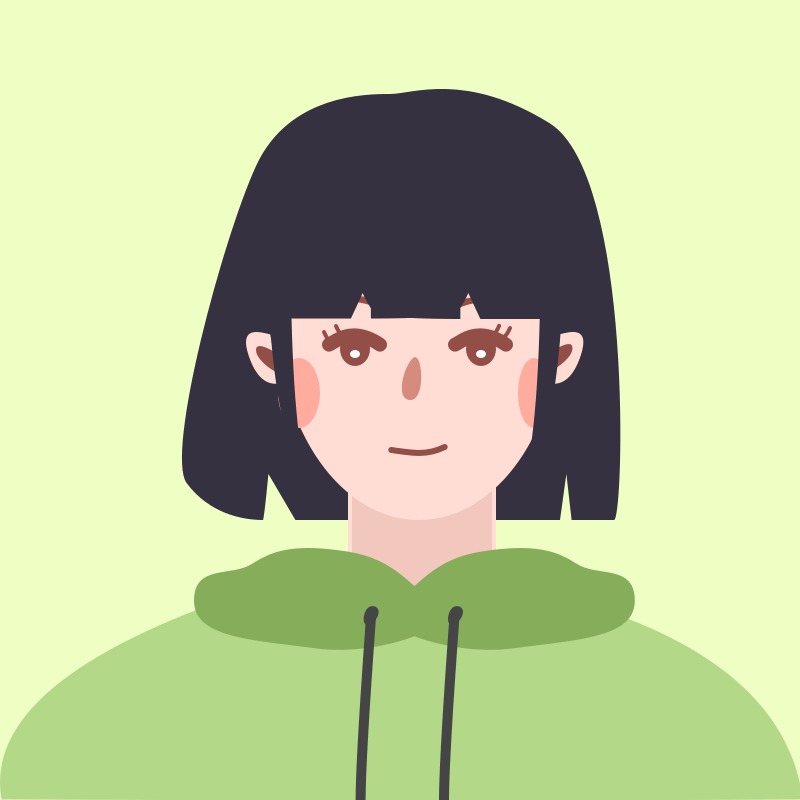 U682128769
U682128769



